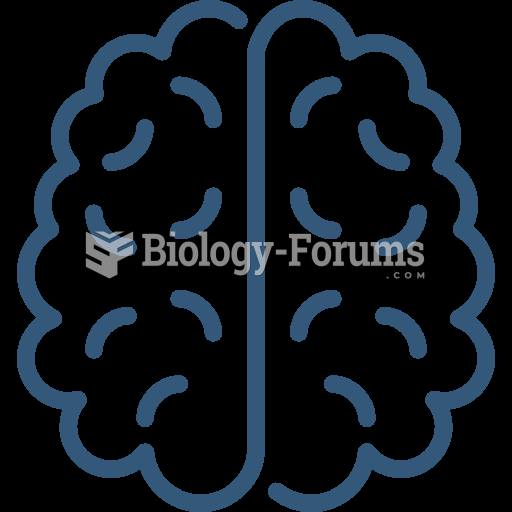Answer to Question 1
Any reasonable answer that describes a focus on an emphasis on prevention, positive subjective experience, positive individual traits, positive institutions, building on strengths, etc.
Answer to Question 2
During the fifteenth and sixteenth centuries in Europe, when the Roman Catholic Church was under attack, witchcraft became a common explanation for deviant behavior. At one time, treatment was relatively mild for people who were seen as being involuntarily possessed by the devil. Exorcisms involving incantations, purges, fasting, and other rituals were used to restore people to sanity. Harsher treatments were reserved for those considered voluntarily in league with the devil. Eventually, the distinction blurred. In 1484, the pope called for the identification and extermination of witches. More than 100,000 people were executed. Historians suggest that mental disorders were at the roots of witchcraft persecution.
The Renaissance marked a time of increased rationality and concern about human welfare and dignity called humanism. Johann Weyer, a German physician, courageously challenged church teachings on witchcraft and argued that these people suffered from physical or social problems. Treatment of mentally ill people continued to be cruel throughout the 1600s and 1700s. At the beginning of the 1800s in France (Philippe Pinel), England (William Tuke), and the United States (Benjamin Rush), a new viewpoint called moral treatment came about. It argued that people who were treated humanely could be restored to sanity. Later, Dorothea Dix campaigned for reforms in mental hospitals and established hospitals for the poor in the United States. The treatment of mental patients has often been exposed as inadequate or heartless.Still, most people would agree that conditions are better today than at any time in the past.







